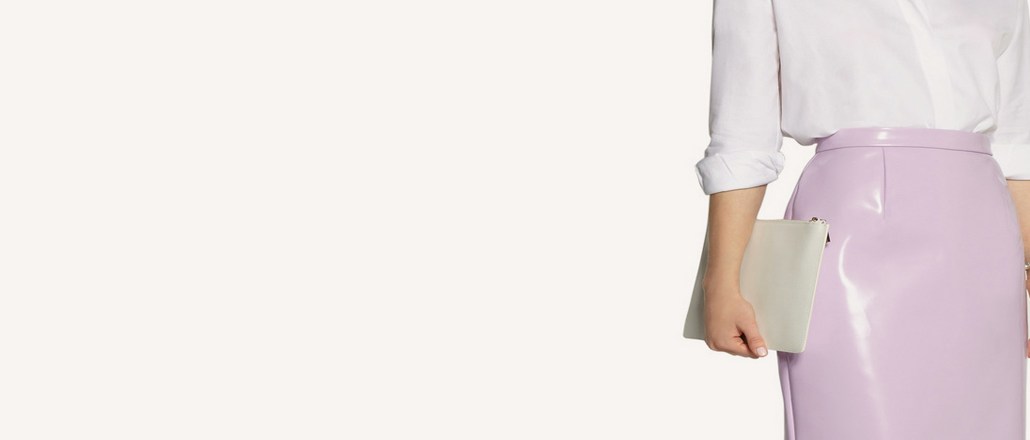Save 50% on a 3-month Digiday+ membership. Ends Dec 5.

Millennial mouthpiece Thought Catalog has built a big audience around the angsty ruminations of today’s 20-somethings. Now it wants to use that influence to help its readers spend money.
With Shop Catalog, an experimental new commerce site, Thought Catalog’s parent company, Thought & Expression Co, wants to build an audience around its writers’ product preferences, which it says are a potent form of self-expression. The site’s offering, which has been compiled by a three-person commerce team, is so far an eclectic mix of products that includes 3D printers, books, jewelry and even sex toys.
“The wide variety is because our curators just pick what they love. Personalities shape it,” said Thought Catalog publisher Chris Lavergne. He said that the company created Shop Catalog after seeing big numbers with Thought Catalog’s fashion and style-themed articles, which draw around 10 million visitors each month.
Shop Catalog is the latest effort from Thought & Expression Co, which has tried to expand its business beyond Web publishing into other areas. In 2012, it launched Thought Catalog Books, an independent publishing arm that sells e-books directly to readers. The imprint, which has published 200 books so far, is both profitable and self-sustaining, according to Thought & Expression Co chief revenue officer Alex Magnin.
E-commerce is increasingly in vogue among publishers, who are desperate for new ways to diversify their revenue away from the sinking ship that is display advertising. The likes of Gawker, Refinery 29 and The Wirecutter are all, to varying degrees, using their expertise to drive readers to relevant content — all the while skimming a few pennies off each transaction.
“If a site has good content and links to interesting products, they certainly have a competitive advantage because the two sides are so synergistic,” said Jason Goldberg, vp of commerce strategy at Razorfish.
Ad position: web_incontent_pos1
Affiliate linking, while not the biggest moneymaker, is the most common ways publishers get into e-commerce. But it’s only a small part of Shop Catalog’s revenue strategy (it doesn’t have affiliate linking deals with every retailer it links to). Instead, the site hopes to use its commerce focus to get retail brands to advertise via display ads and sponsored product units. Magnin said that Shop Catalog deals will also extend to sponsored posts on Thought Catalog itself. The site already has high-end retail and beauty brands signed up for Shop Catalog campaigns, which will go live in the next few months.
But creating a commerce site isn’t solely about driving visitors to make purchases. Amazon is best known for its massive e-commerce operation, but it’s also the fifth-most-trafficked site in the U.S., according to Quantcast. The site has put that scale to good use, selling ads to third parties via its Amazon Media Group. On a smaller scale, product-focused sites such as Cool Materials and Uncrate have used their curation skills simply to draw in readers and sell them to relevant advertisers. Shop Catalog is betting it can pull off something similar.
“If people are interested enough in the Shop Catalog, curation on the site can build a big-enough business just around that,” Goldberg said.
Image courtesy of Shop Catalog.
More in Media

Digiday+ Research Subscription Index 2025: Subscription strategies from Bloomberg, The New York Times, Vox and others
Digiday’s third annual Subscription Index examines and measures publishers’ subscription strategies to identify common approaches and key tactics among Bloomberg, The New York Times, Vox and others.

From lawsuits to lobbying: How publishers are fighting AI
We may be closing out 2025, but publishers aren’t retreating from the battle of AI search — some are escalating it, and they expect the fight to stretch deep into 2026.

Media Briefing: Publishers turn to vertical video to compete with creators and grow ad revenue in 2026
Publishers add vertical video feeds to their sites to boost engagement, attract video ad spend and compete with news creators.
Ad position: web_bfu






